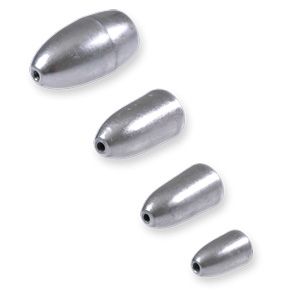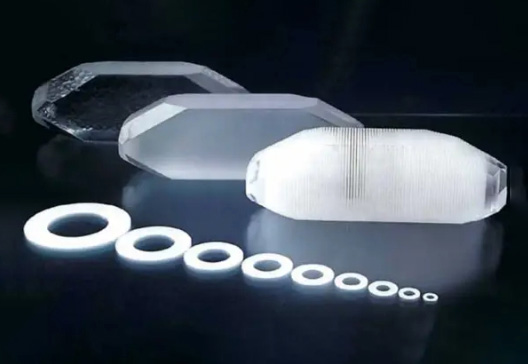Characteristics of Advanced Tungsten Bullets
When tungsten is made into an alloy, it becomes a suitable material for diverse ammunitions. These range from large to small caliber. In the manufacture of tungsten bullets, the desired quality is achieved through process mastery, strict inspection and innovation. The development of high-quality materials is crucial to achieve optimal results.
MRX bullets are entirely covered by copper on the outside while their interior or core is made of dense tungsten. The high density of tungsten makes the bullets shorter than TTSX bullets. These bullets are ideal for bringing down the large games as they penetrate deep into heavy tissue and bone. The bullets have streamlined polymer tips that are effective for shooting at flat long-range trajectories. The tips also enhance bullet expansion during long-range shots.
MRX bullets expand into four copper petals upon impact. This doubles the initial diameter of bullets, which consequently maximizes the damage to tissue and bone. These bullets are effective for both long- and short-range shooting. The multiple rings that are embedded at their base reduce fouling while at the same time increasing accuracy.

The fact that these bullets contain absolutely no lead means that they are not toxic to the environment. They are available in different calibers and weights. Their weight varies between 130-150 grams while they have a diameter of .277 inches for the 7 mm caliber.
Tungsten bullets have been refined to produce the most lethal munitions technology. Compressed Ny-Trillium bullets, made from a tungsten powder/flake compound, have composite fragments that dislodge upon impact. It leaves an exit wound channel of immense proportions. These bullets have an expansive fragmentation characteristic that transfers the bullet’s energy much faster than the conventional hollow points. The bullet is designed to expend maximum force into soft targets.
These advanced bullets have minimal ricochet characteristics and reduced occurrences of over-penetration. By containing the AFR bullet’s energy to its target including the bullet that is fragmented, over-penetration is reduced. Because the bullets razor-sharp fragments are not dislodged from traditional rounds, there is minimal risk to the operating personnel.
Upon hitting their target, AFR bullets disintegrate. This happens especially if the targets are hard like aircraft and walls. However, upon impact with organic targets, they exhibit awesome stopping power. This type of ammunition is renowned for its special operational ability in anti-terrorism within aircraft.
Tungsten bullets also make an excellent choice for home security in urban settings. Their safety is further elevated because of their reduced ricochet characteristics. If a bullet misses its target, there is a reduced likelihood that it will penetrate multiple walls to injure someone sleeping. Personnel can take shots at rabid dogs without worrying that missed targets would cause bullets to ricochet and hit unintended targets.
Tungsten bullets have been designed into smart munitions. The rate of energy transfer to a hollow target more than doubles. The energy transfer rate quadruples when compared to conventional ball rounds. When they hit brittle targets, they disintegrate quickly minimizing the rate at which they penetrate or ricochet. They fragment at slower rates when the targets are soft. This means that more fragments lodge into the target leaving dozens of wound channels. The shock cavity created can have a diameter that exceeds seven inches.
Conclusion
Thank you for reading our article and we hope it can help you to have a better understanding of the characteristics of advanced tungsten bullets. If you want to learn more about tungsten products, we would like to advise you to visit Stanford Advanced Materials (SAM) for more information.
Stanford Advanced Materials (SAM) is a worldwide tungsten supplier and has over two decades of experience in the manufacture and sale of tungsten products, providing high-quality products to meet our customers' R&D and production needs. As such, we are confident that SAM will be your favorite tungsten supplier and business partner.



